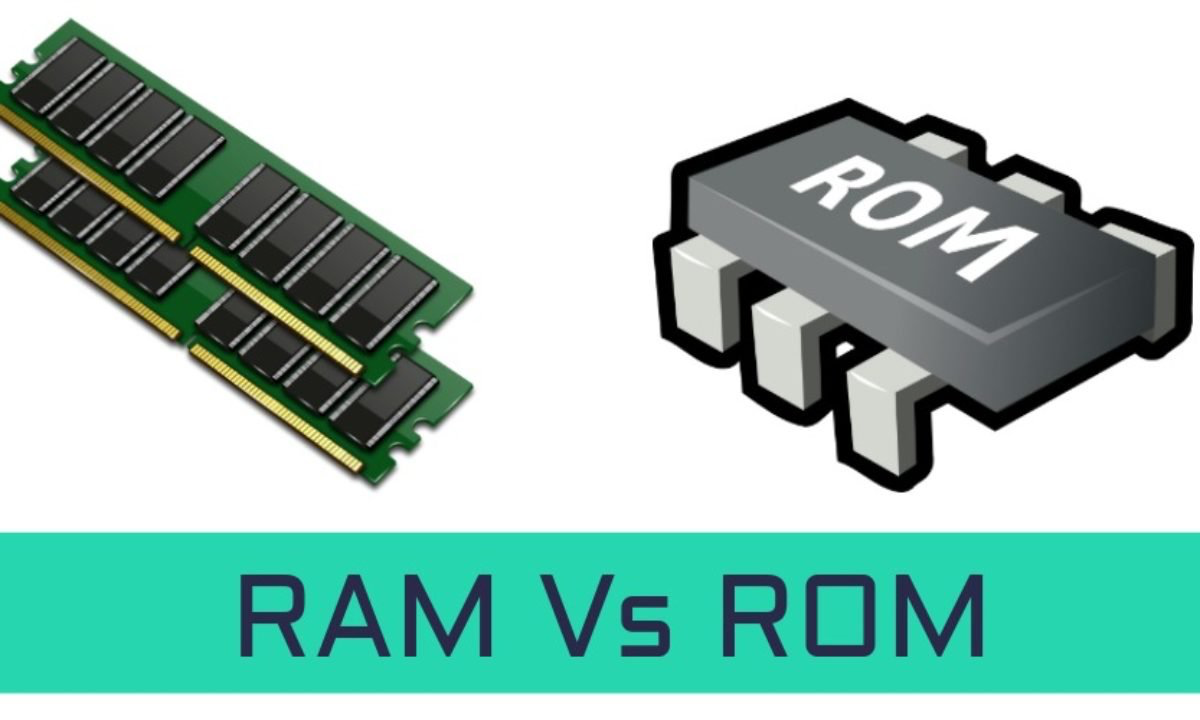Working memory is one’s ability to keep specific information for immediate use, like a little sticky note in the brain.
Working memory is a special category of memory differing from long-term and short-term memory. Unlike long-term memory, which stores information for future recall, working memory intentionally discards information once it’s no longer needed.

| Memory Type | Analogy | Characteristics |
|---|---|---|
| Working Memory | RAM (Random-Access Memory) | Temporary storage, requires active focus to retain information (“volatile memory”). Used for immediate tasks and processing. |
| Short-Term Memory | Combination of RAM & Cache | Holds information briefly (seconds to minutes). Data is easily lost without rehearsal or attention. |
| Long-Term Memory | ROM (Read-Only Memory) | Permanent storage (“non-volatile memory”). Retains information over extended periods, even without active use. |
Working memory works best when you are fully focused.
- For example, if I say, “Remember these numbers: 3, 5, 7,” your working memory holds those numbers while you think about them. But if you get distracted, like if someone starts talking to you about your favorite cartoon, you might forget those numbers.
Working memory is crucial for sequencing daily activities, allowing individuals to remember and process information. Its impairment can lead to significant life challenges.
- Solving puzzles: You keep the steps in your head while you figure out the next move.
- Remembering telephone numbers: Let’s say someone tells you their phone number: 4-2-3-7-6-8-5. Your working memory is like a little helper holding those numbers in your head while you get your phone. You might repeat the numbers to yourself—4-2-3, 7-6-8-5—over and over so you don’t forget them before typing.
Working memory is closely ties to tied to attention.
Working memory capacity/span correlates to the dopamine levels in the prefrontal cortex. The relationship between working memory and dopamine follows an inverted U-shaped function.
- Higher dopamine correlates with better working memory, while lower dopamine correlates with lower working memory.
- Note that increasing dopamine doesn’t always enhance working memory; some individuals with high working memory may experience performance degradation with increased dopamine levels; too much dopamine can reduce working memory span.
- Dopamine plays a crucial role in task switching and eliminating distractions in working memory
Tools to increase dopamine levels and potentially improve working memory performance
- NSDR or Yoga Nidra
- Deliberate cold exposure, such as cold showers or plunges, 30 to 60 minutes before engaging in a task
- Listening to 40-Hz binaural beats
- Supplementing with L-tyrosine